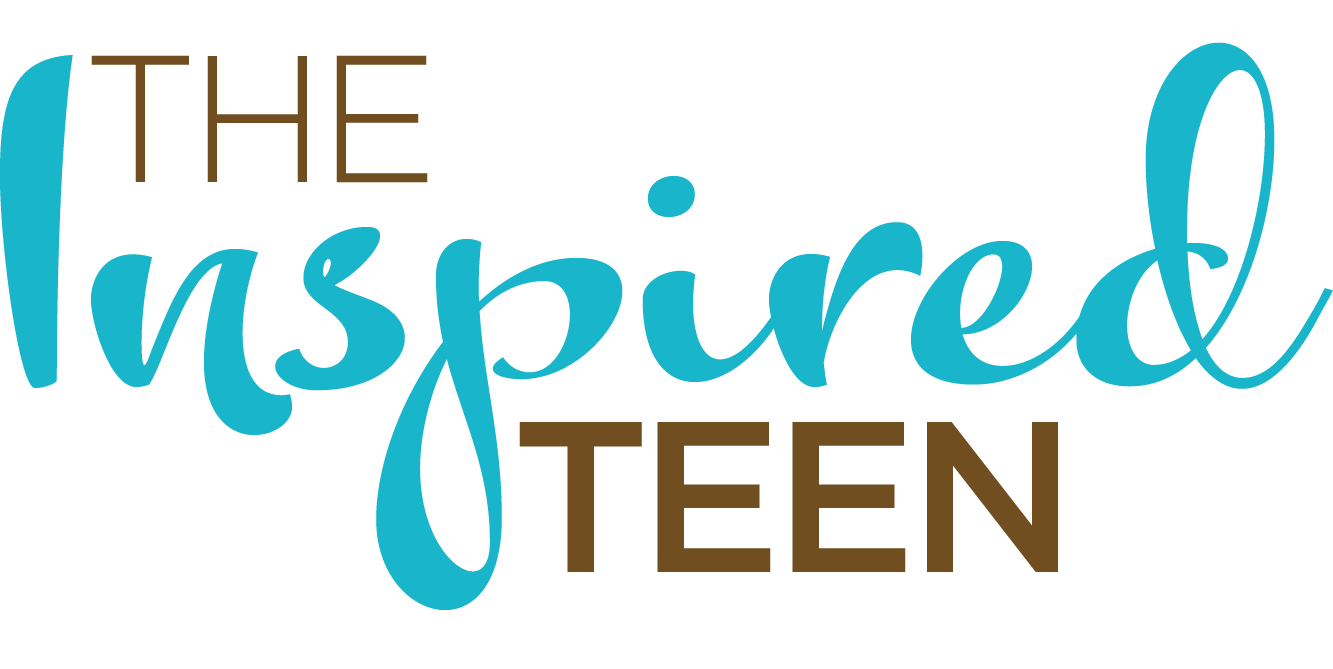Red Flags and Green Flags
Navigating relationships is tricky for adults, and it’s even more challenging for teenagers. They are still learning how to navigate emotions, boundaries, and social dynamics. They often confuse attention with affection, mistake control for care, or think that being treated poorly is just "how things are." Without clear guidance, they might overlook unhealthy behavior or miss the signs of a great connection. One way to teach them about this is to discuss red flags and green flags.
What are REd and green flags?
Red Flags are warning signs that a relationship could be unhealthy or harmful. They include things like:
Jealousy or controlling behavior
Constant criticism or insults (even if said “as a joke”)
Pressure to do things they’re uncomfortable with
Isolation from friends or family
Lack of respect for boundaries
Gaslighting or love bombing
Abuse of any kind
Dishonesty
Frequent emotional outbursts that are used to manipulate
Refusal to compromise
Green Flags are signs of a healthy, supportive relationship. They include:
Respect for boundaries and individuality
Open, honest communication
Shared values and goals
Encouragement of friendships and outside interests
Comfort and safety in expressing feelings
Empathy and emotional support
Fun, humor, light-heartedness
Deep trust and vulnerability (including apologies)
Also look at:
The way they treat their parents, exes, and friends
How they react to your wins
How safe you feel in the relationship
If you feel like you can be yourself
How equal the relationship is
Here are a few tips for guiding your teen toward healthy relationships:
1. Start the Conversation Early (and Keep It Going)
Talk openly about relationships, including the messy parts. Use TV shows, books, or real-life situations as jumping-off points to ask, “What would you do?” or “How do you think they handled that?”
2. Use Real Examples
Teens learn best when they can relate. Instead of just listing behaviors, describe scenarios and ask your teen how they would feel or respond. Let them evaluate what's healthy or not.
3. Model It at Home
The way you communicate with your spouse, friends, and even with your teen sets the tone. Respectful disagreements, apologizing when you’re wrong, and showing appreciation are all powerful green flags for them to observe.
4. Empower, Don’t Lecture
Invite your teen to share their thoughts and experiences. Listen without judgment. Rather than saying, “You can’t date that person,” try asking, “How does that relationship make you feel about yourself?”
5. Reinforce Their Inner Compass
Help them recognize when something feels off. That gut feeling (when they feel nervous, dismissed, or pressured) is worth paying attention to. Encourage them to trust their instincts and talk to someone when they’re unsure.
I have some great resources for you in the February section of my new Parent Teen Night Ideas PDF. It has videos to watch, conversation starters, resources for you as a parent, things for you to watch out for in your teen’s relationships, free PDF’s and more. It will be available next week!

